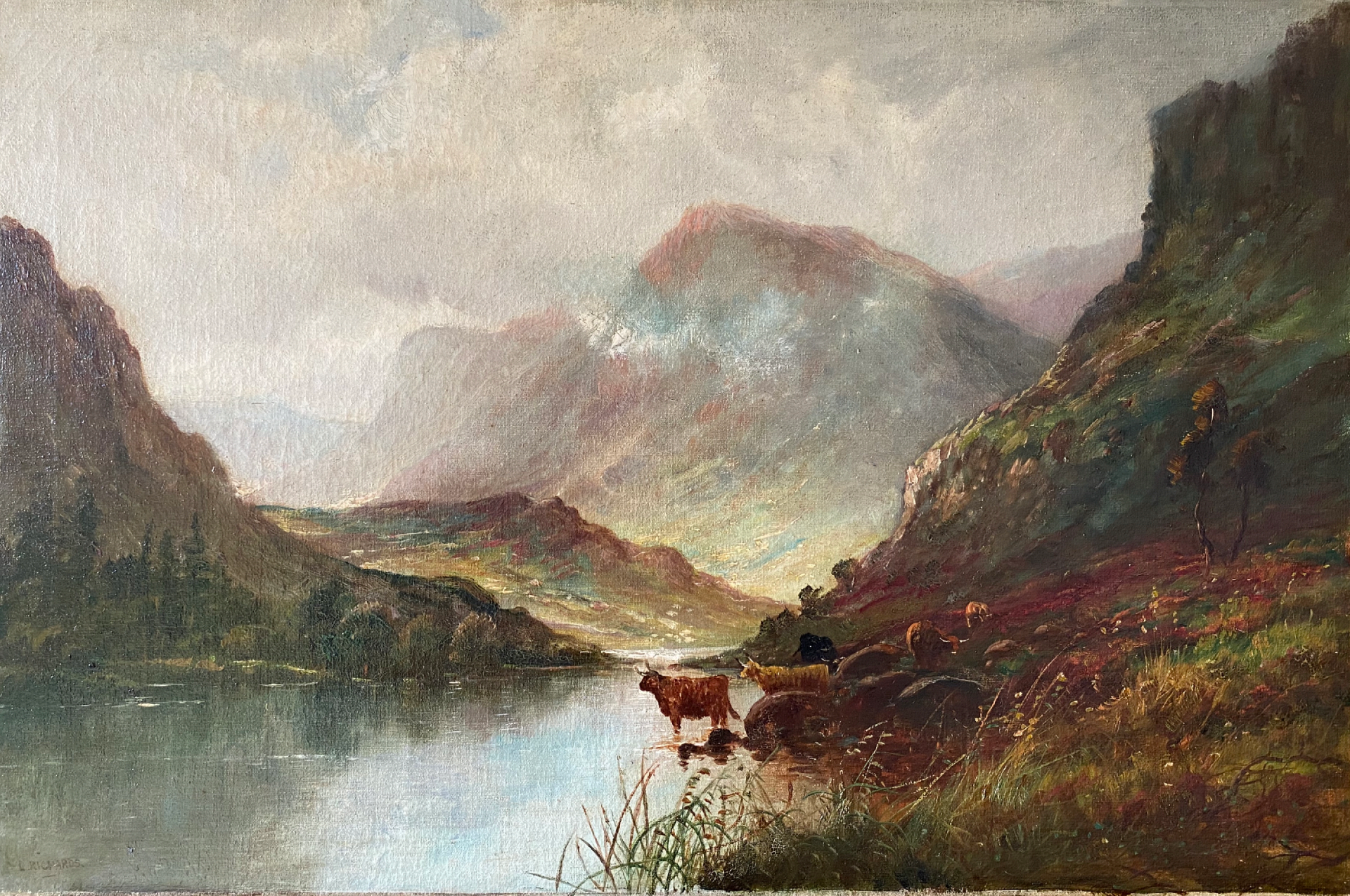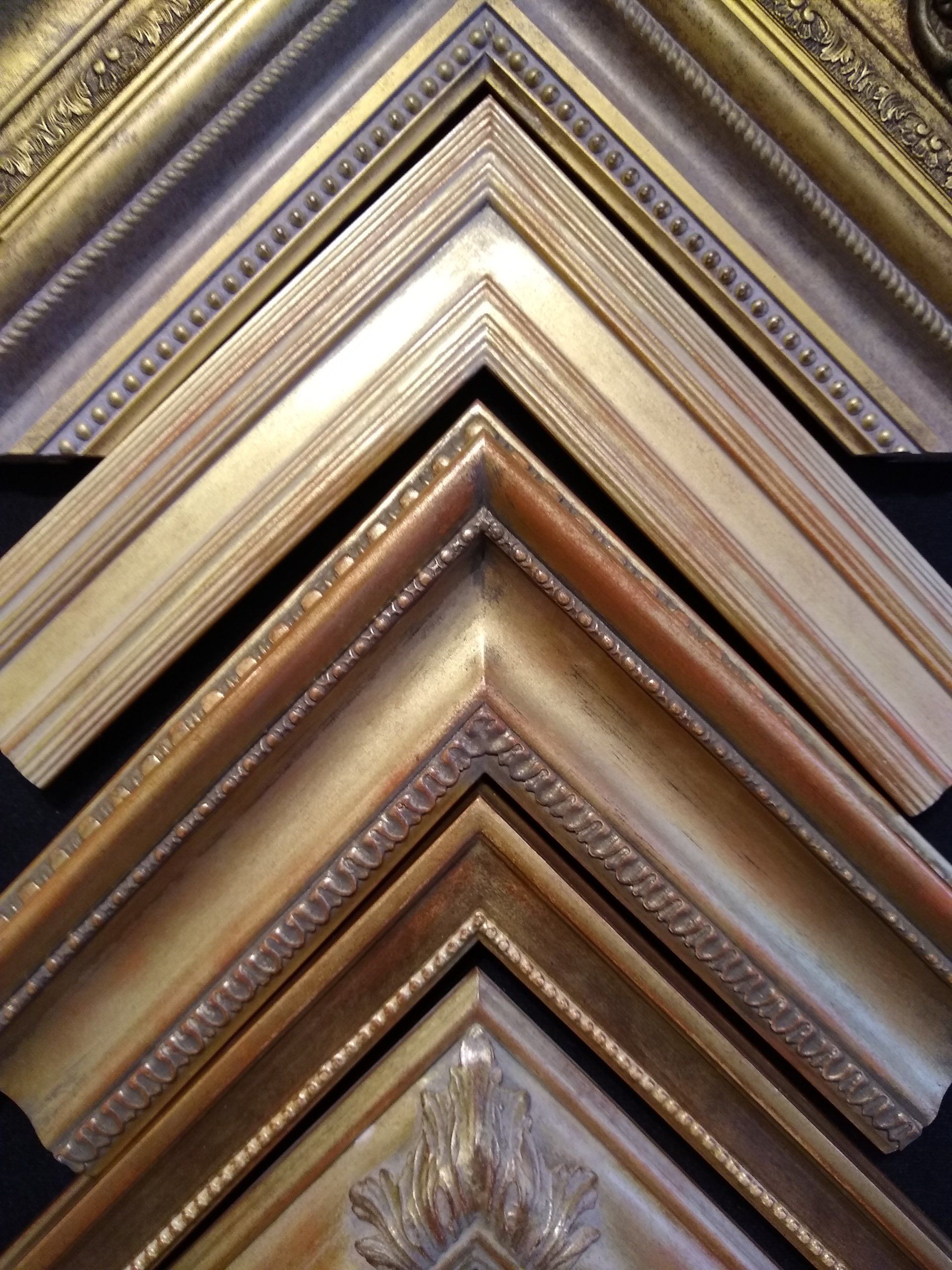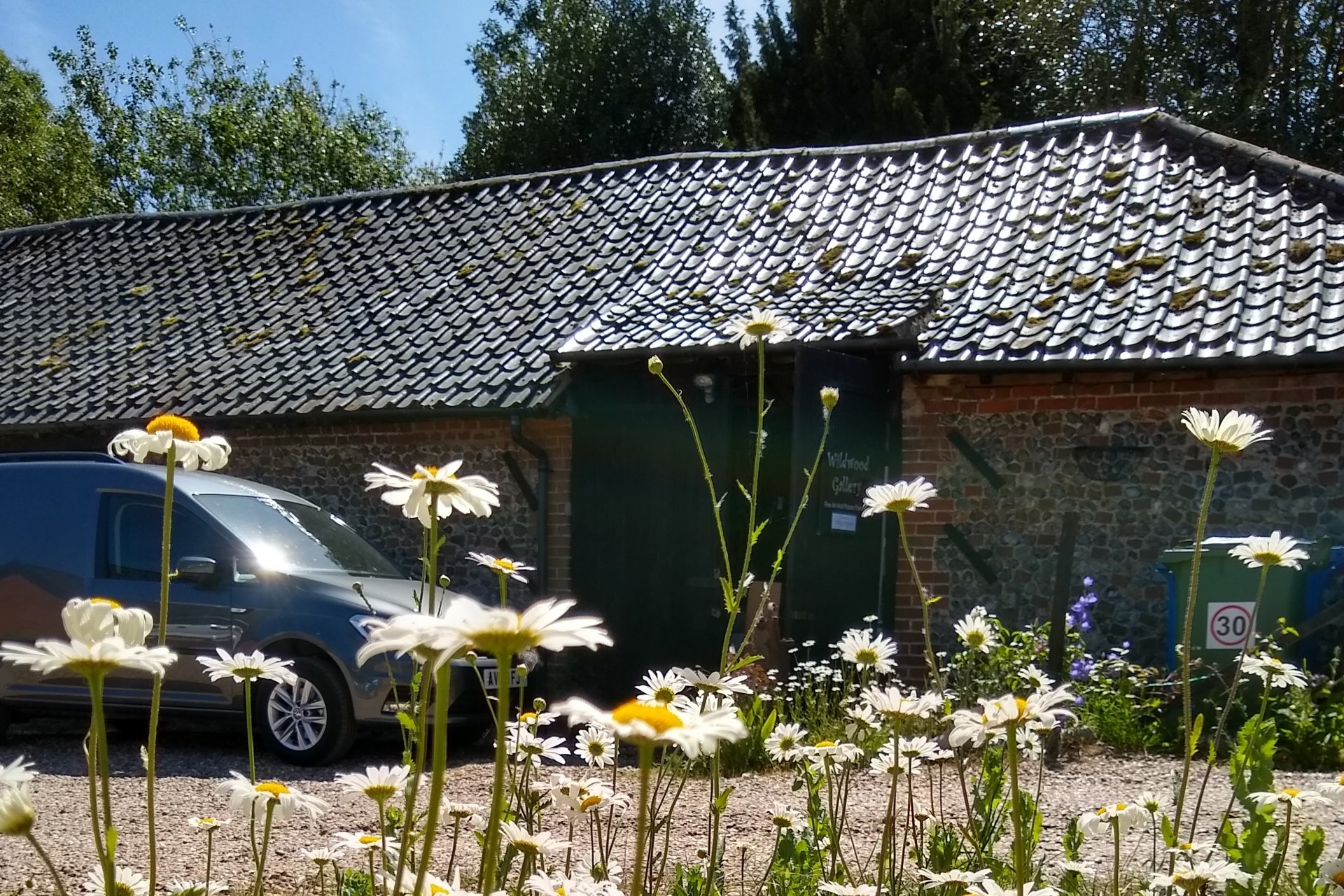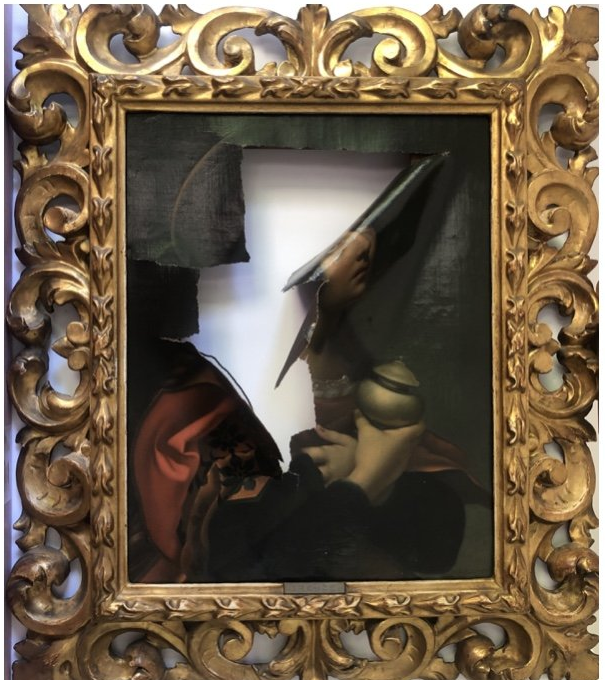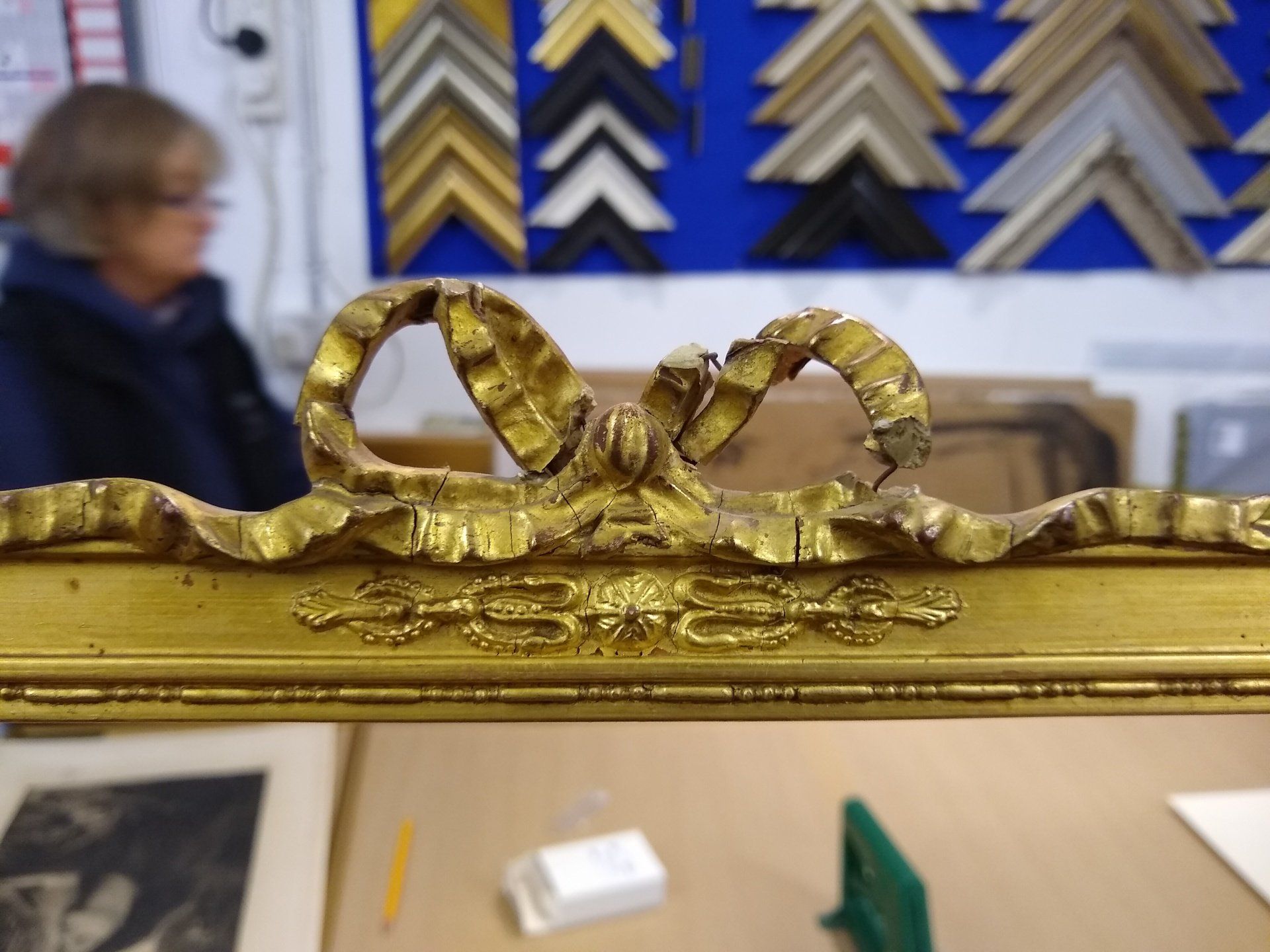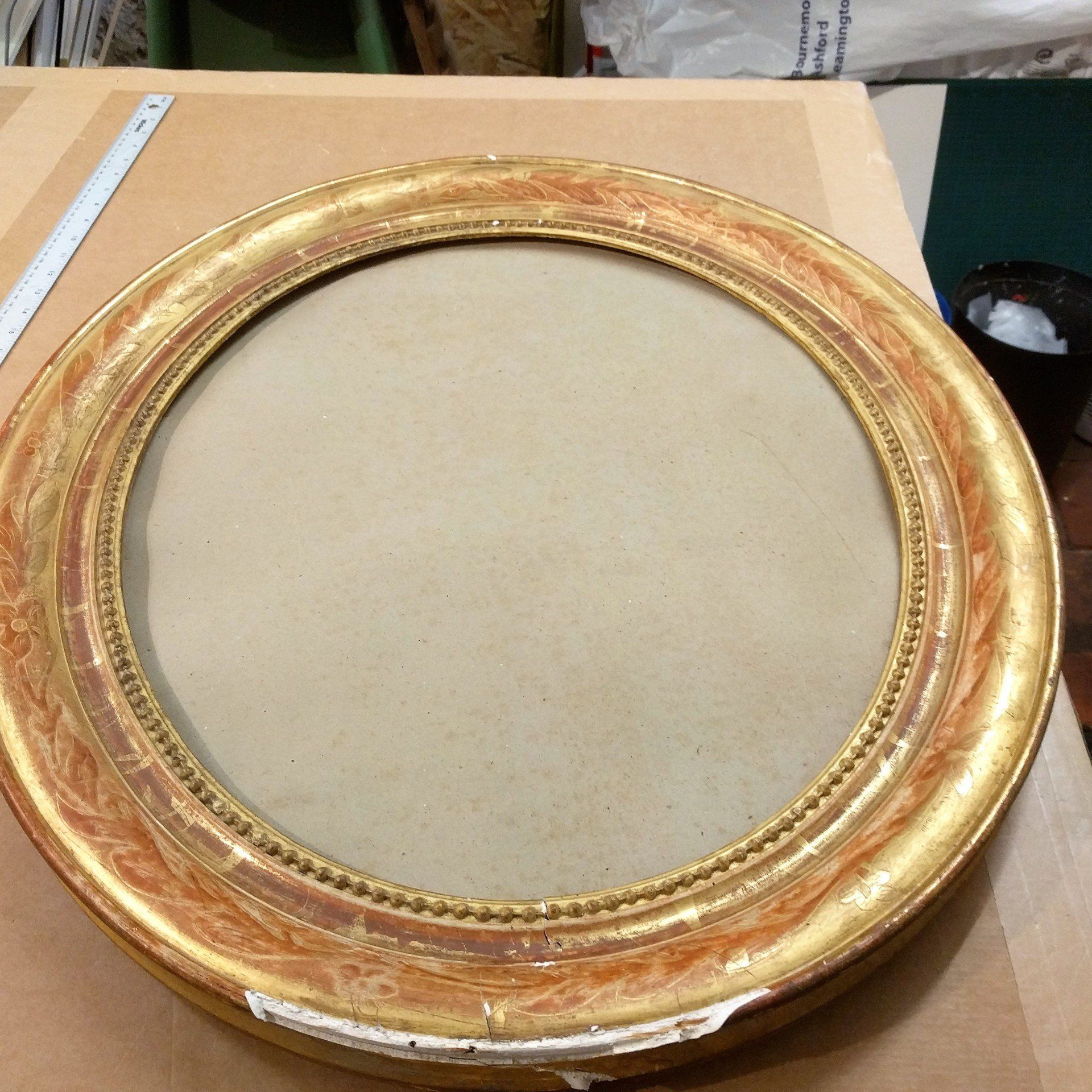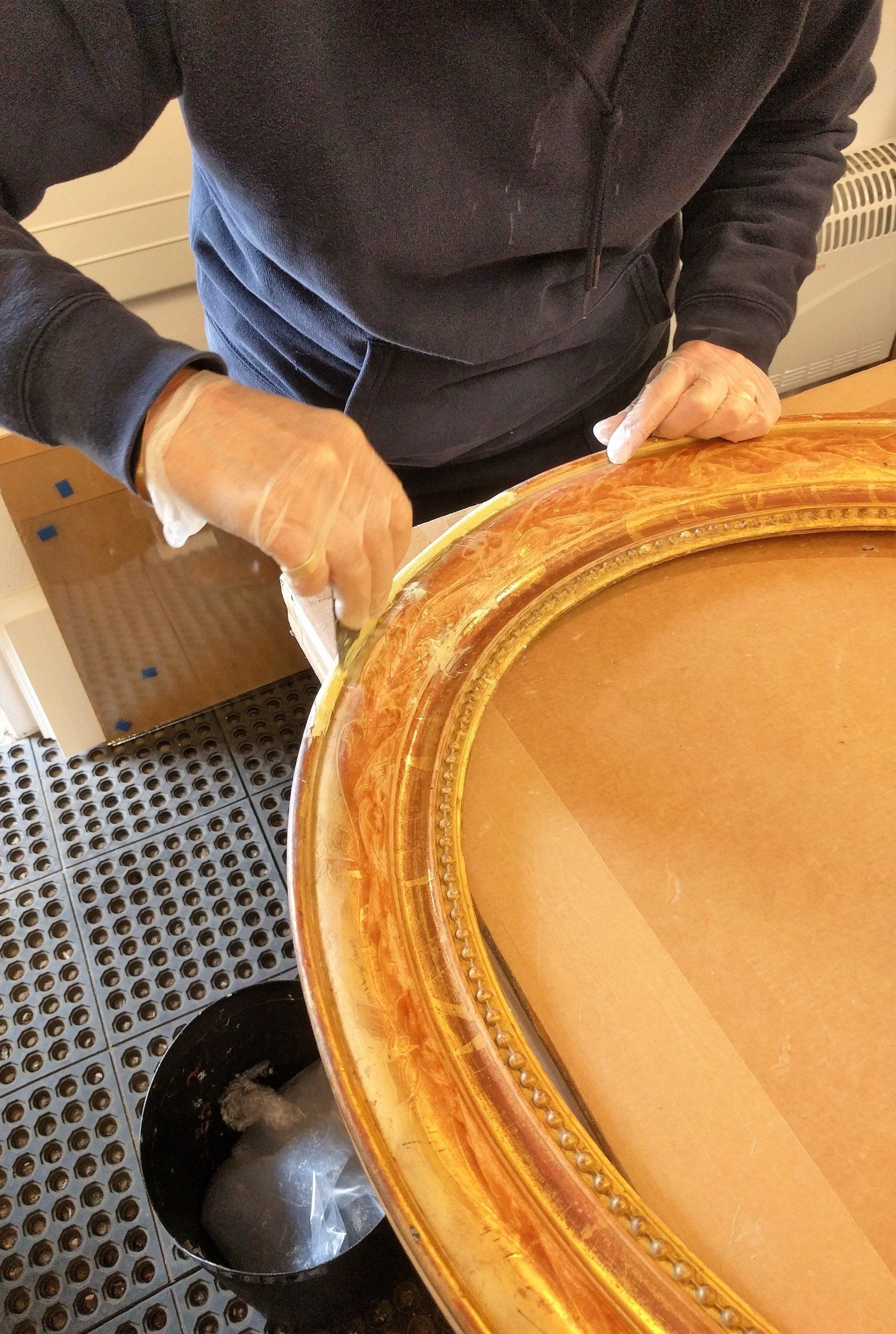Art Conservation
Restoration and Care of your Art
We offer a Full Conservation and Restoration Service for all works of art. Services include all aspects of cleaning and restoration of paintings, removal of discoloured varnish and overpaint for Oils on canvas and panel paintings. Consolidation of flaking. Lining and re-lining of oil painting, repair of tears, holes and abrasions, conservation varnishing and in painting. Surface cleaning and removal of foxing for works on paper, watercolours, drawings and prints. All work is of the highest quality, using minimal intervention with ethical restoration standards in reversibility. Detailed written and photographic documentation can be provided on all aspects of condition and treatment.
Pre-auction appraisal of paintings for prospective buyers is available. Home visits and collection and delivery can be arranged, please ask for details.
About our Restorer and Our Service
Our Restorer Ali, operates from a secure studio and restores paintings for numerous private clients, public galleries, institutions and auction houses. Ali has over 25 years experience and an MA in Conservation of Oil Paintings and specialises in cleaning and structural issues. Ali has a passion for the history and integrity of paintings and follows advances in conservation methods and is a BAPCR and ICON member. Ali readily takes on paintings that are severely damaged.
- Cleaning
- Consolidation
- Repairs of tears and holes
- Works on paper and watercolours
- Inpainting
- Lining
- Analysis
- Insurance Claims
- Home Visits
- Collection and delivery service
- BAPCR member with over 25 years experience
- Frame restoration service
Before and After





